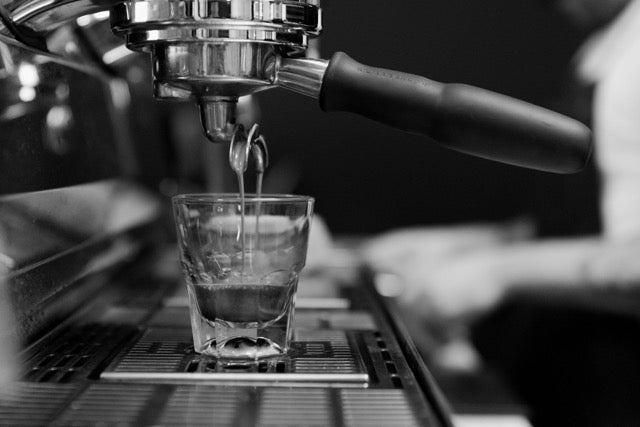Grinding Coffee At Home - A Simple Guide

Grinding your own coffee is one of the most impactful steps in brewing at home. It may seem simple, but the grind affects everything from aroma and freshness to clarity and balance in the final cup. Whole beans hold their character until the moment they are ground, and once exposed to air those delicate aromatics begin to fade. Fresh grinding protects the work done at the farm, throughout processing, and in roasting. At Common Room Roasters we believe this step is where routine meets intention. By understanding how to grind coffee correctly you unlock flavour potential that even high quality beans cannot express on their own.
Selecting the right grinder is essential. Burr grinders use two abrasive surfaces to crush beans into evenly sized particles, allowing for consistent extraction across all brewing methods. Blade grinders cut beans at random creating a mixture of coarse and fine particles that extract unevenly. A burr grinder provides repeatable control whether you are brewing a bright floral Ethiopian or a rich chocolate leaning blend. While it may feel like an investment, it offers precision and quality that elevate every cup. Grinding fresh protects nuance and ensures your coffee always tastes vibrant and expressive.
Grind size is the primary way you control extraction because it determines how quickly water can pass through and how much surface area it can interact with. Fine grinds slow water flow and are suited to quick contact methods such as espresso. Coarser grinds work well for immersion methods like French press or cold brew because they allow longer steep times without over extraction. When a grind is too fine for your brew method the result is usually bitter intense and heavy. When it is too coarse the cup may taste weak light or sour. Adjusting grind size is a way to refine your brew. If a cup feels sharp or thin make the grind finer. If it feels overly intense or dry make it coarser. Small adjustments can completely transform the experience.
Caring for your grinder and treating grinding as a daily ritual ensures consistent results. Clean the grinder regularly because stale oils and old grounds can accumulate inside the burrs and quickly dull flavours in new brews. Grind only what you need for each session to keep freshness at its peak. Store beans in a cool dark place to preserve their integrity. Each of these steps might seem minor, but together they support everything that makes specialty coffee worth enjoying. Mastering how to grind coffee is not about complexity. It is about understanding how one simple action can bring out the best in every cup, every day.














